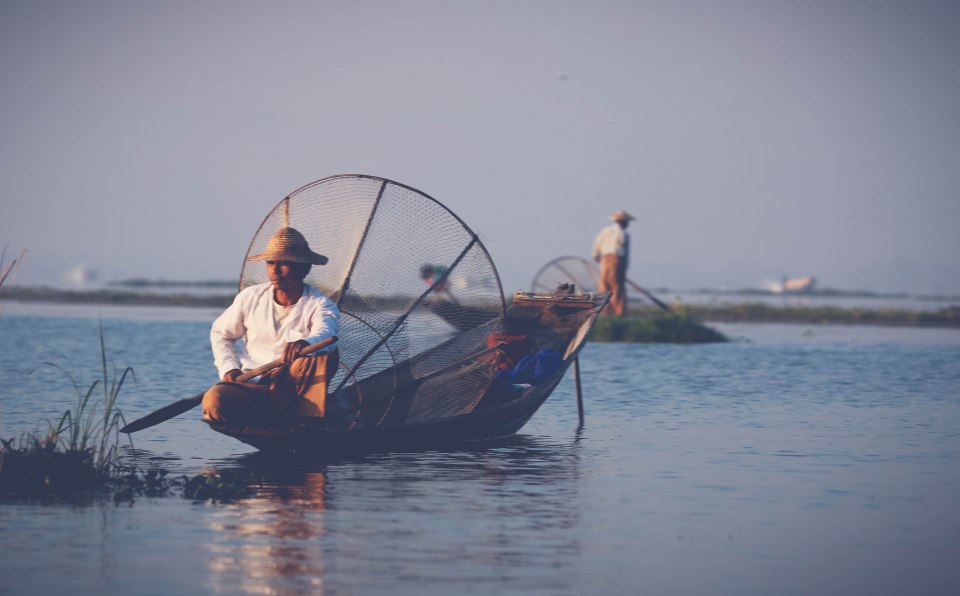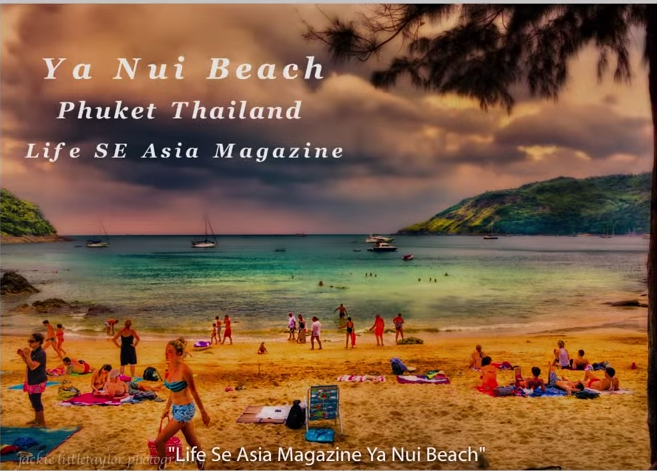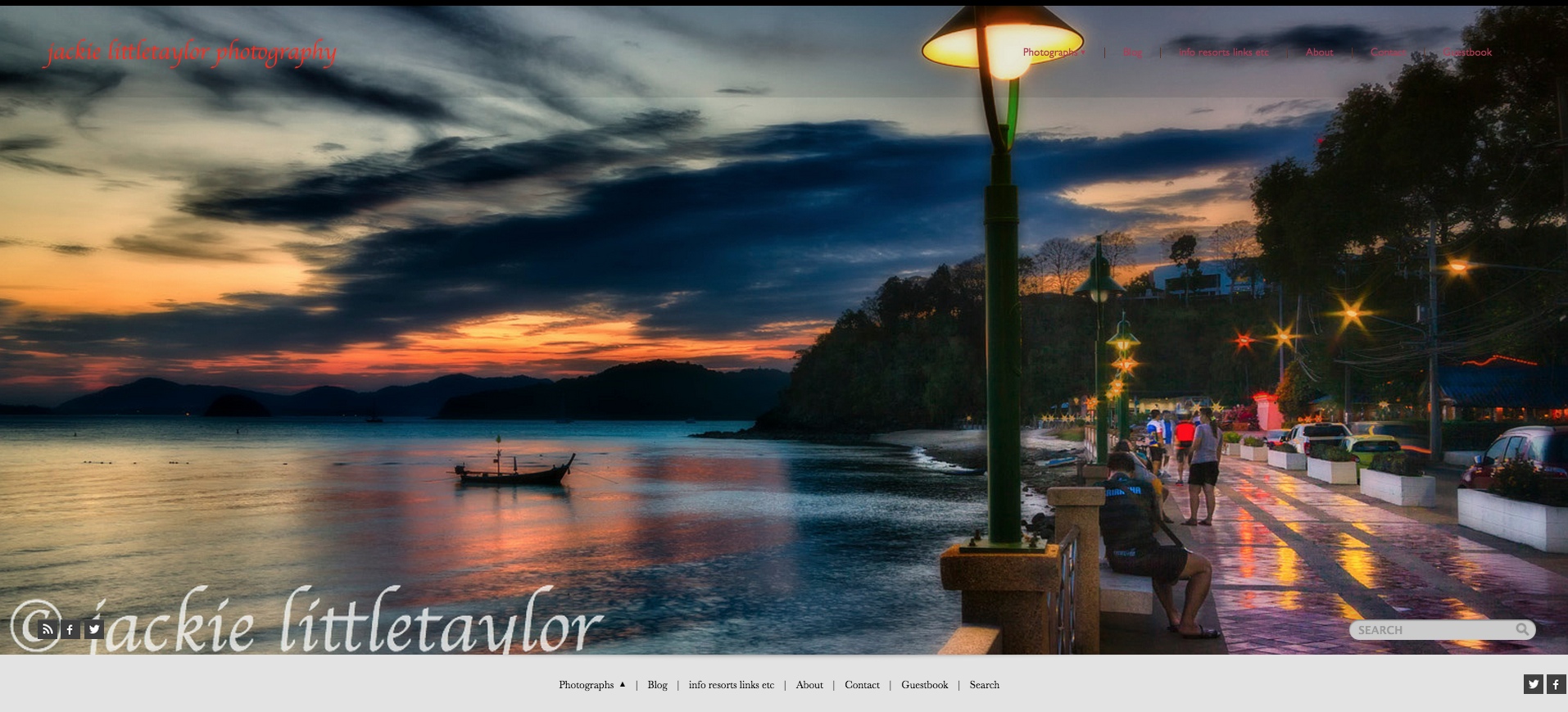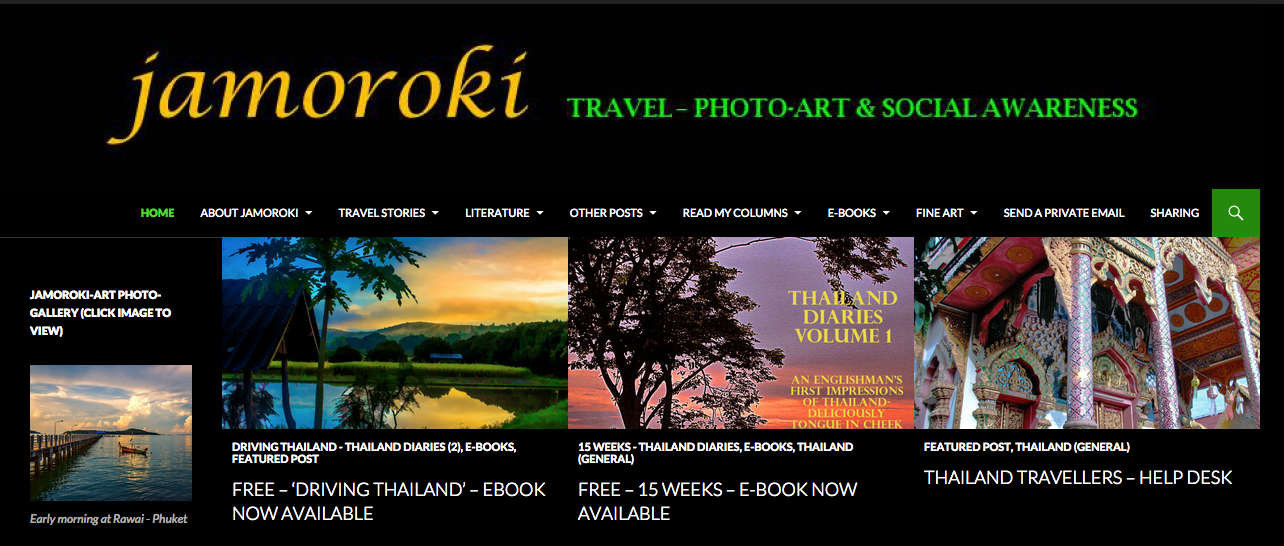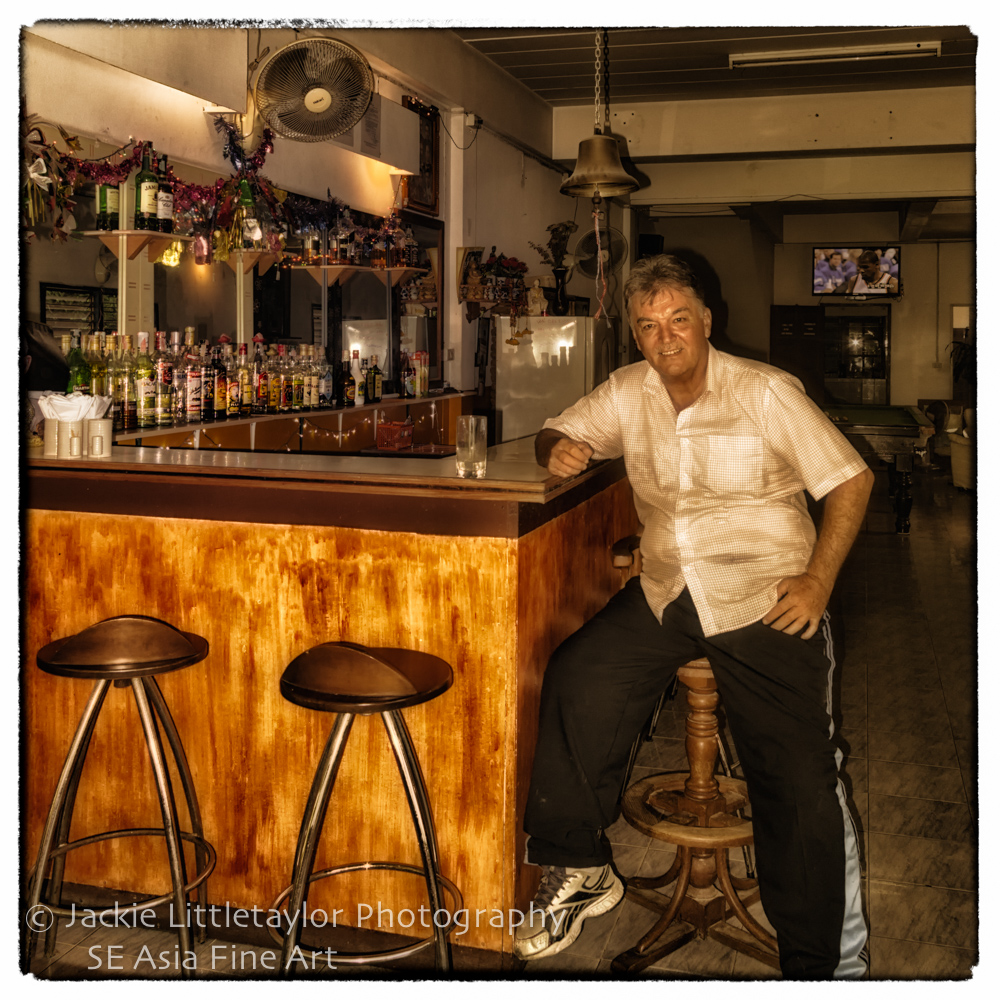A less expensive but more uncomfortable and time consuming option is that which most Myanmar people take - the bus. Buses depart daily, and cost around US$14-20 from Yangon (12 hours) or US$12 (7-8 hours) from Mandalay. The journey from Bagan has improved a lot; 2 bises at 7:30 and 19:30; it takes 7 hours to Kalaw and ~8,5 to Nyang Shwe, and costs 11,000. Bus arrives directly to Nuang Shwe, walking distance to many guest houses.
The people of Inle Lake (called Intha), some 70,000 of them, live in four cities bordering the lake, in numerous small villages along the lake’s shores, and on the lake itself. The entire lake area is in Nyaung Shwe township. The population consists predominantly of Intha, with a mix of other Shan, Taungyo, Pa-O (Taungthu), Danu, Kayah, Danaw and Bamar ethnicities. Most are devout Buddhists, and live in simple houses of wood and woven bamboo on stilts; they are largely self-sufficient farmers.
Most transportation on the lake is traditionally by small boats, or by somewhat larger boats fitted with single cylinder inboard diesel engines. Local fishermen are known for practicing a distinctive rowing style which involves standing at the stern on one leg and wrapping the other leg around the oar. This unique style evolved for the reason that the lake is covered by reeds and floating plants making it difficult to see above them while sitting. Standing provides the rower with a view beyond the reeds. However, the leg rowing style is only practiced by the men. Women row in the customary style, using the oar with their hands, sitting cross legged at the stern.
Fish caught from the lake - the most abundant kind is called nga hpein locally (Inle carp, Cyprinus intha) - are a staple of the local diet. A popular local dish is htamin gyin - ‘fermented’ rice kneaded with fish and/or potato - served with hnapyan gyaw (literally twice fried - Shan tofu). In addition to fishing, locals grow vegetables and fruit in large gardens that float on the surface of the lake. The floating garden beds are formed by extensive manual labor. The farmers gather up lake-bottom weeds from the deeper parts of the lake, bring them back in boats and make them into floating beds in their garden areas, anchored by bamboo poles. These gardens rise and fall with changes in the water level, and so are resistant to flooding. The constant availability of nutrient-laden water results in these gardens being incredibly fertile. Rice cultivation is also significant.
Hand-made goods for local use and trading are another source of commerce. Typical products include tools, carvings and other ornamental objects, textiles, and cheroots. A local market serves most common shopping needs and is held daily but the location of the event rotates through five different sites around the lake area, thus each of them hosting an itinerant market every fifth day. When held on the lake itself, trading is conducted from small boats. This ‘floating-market’ event tends to emphasize tourist trade much more than the other four.
The Inle lake area is renowned for its weaving industry. The Shan-bags, used daily by many Burmese as a tote-bag, are produced in large quantities here. Silk-weaving is another very important industry, producing high-quality hand-woven silk fabrics of distinctive design called Inle longyi. A unique fabric from the lotus plant fibers is produced only at Inle lake and is used for weaving special robes for Buddha images called kya thingahn (lotus robe).
Lumber removal and unsustainable cultivation practices (slash and burn farming techniques) on the hills surrounding the lake are causing ever-increasing amounts of silt and nutrients to run off into the rivers that feed the lake, especially along its western and northern watershed areas. This silt fills up the lake; the nutrients encourage the growth of weeds and algae. More important however is the development of floating garden agriculture, largely along the western side of the lake. This practice encroaches into the diminishing area of the lake, since over time, the floating beds become solid ground. About 93% (nearly 21 km²) of the recent loss in open water area of the lake, largely along its western side, is thought to be due to this agricultural practice. Direct environmental impacts associated with these combined agricultural activities within the wetlands and surrounding hills of the lake include sedimentation, eutrophication, and pollution.
The water hyacinth, a plant not native to the lake, also poses a major problem. It grows rapidly, filling up the smaller streams and large expanses of the lake, robbing native plants and animals of nutrients and sunlight. At one time, all boats coming into Nyaung Shwe were required to bring in a specified amount of water hyacinth. Over the past twenty years, large-scale use of dredges and pumps has been employed with some success in controlling the growth of this plant. On a smaller scale, public awareness education and small-scale control have also been successful.
The best time of the year to visit is during September and October. The ceremonial Hpaung Daw U Festival, which lasts for almost three weeks, is closely followed by the Thadingyut festival of lights. Inthas and Shan turn out in their best clothes in great numbers to celebrate the Buddhist Lent. Traditional boat racing, with dozens of leg-rowers in Shan dress in a team on each boat, is a famous event during the Hpaung Daw U Festival.
Floating farm
Inle Lake is a major tourist attraction, and this has led to some development of tourist infrastructure. Many small and large privately owned hotels and tour operations have arisen during the past few years. Local shops are flooded with consumer items, both local and foreign. The nearest airport is Heho Airport which is 35 km away. There are flights from both Yangon and Mandalay. Yangon is 660 km away by road, Mandalay 330 km.
Inle Lake is in the heart of Shan State, which has been the location of much of the civil and political strife over the last two decades. Political imprisonments and disappearances are common.










